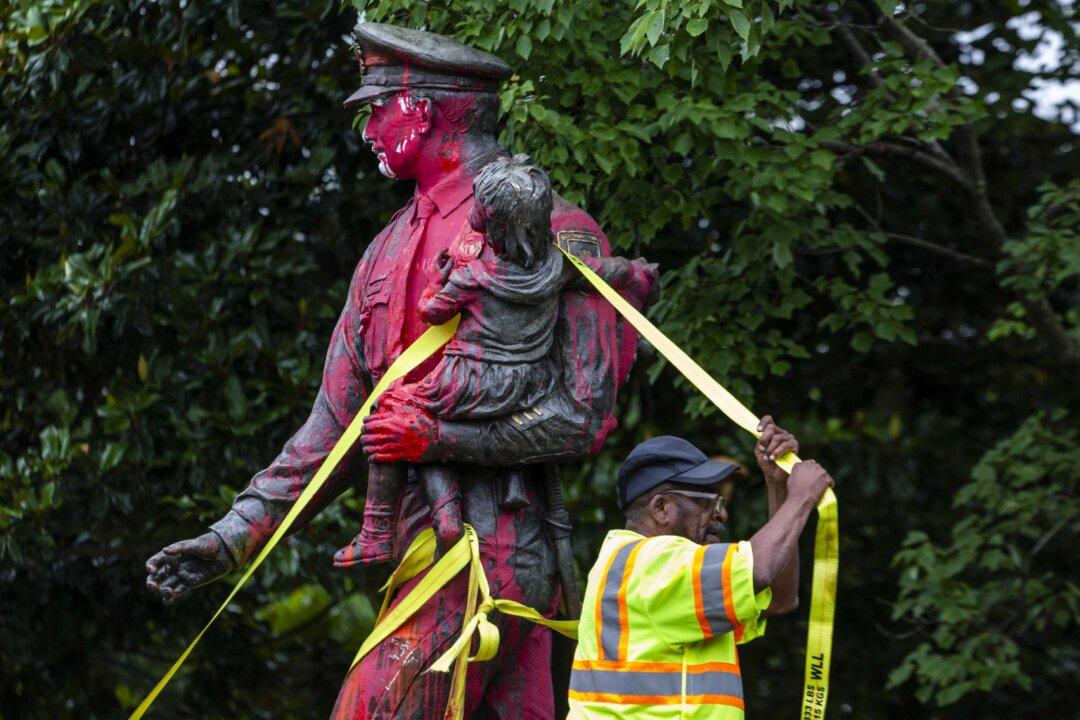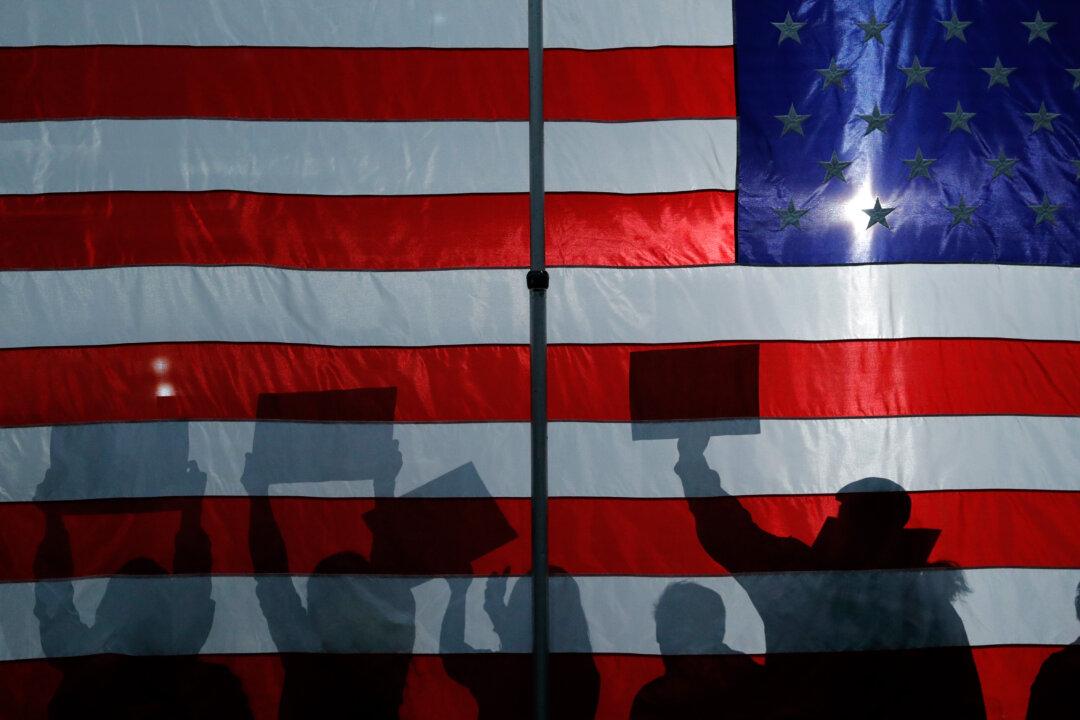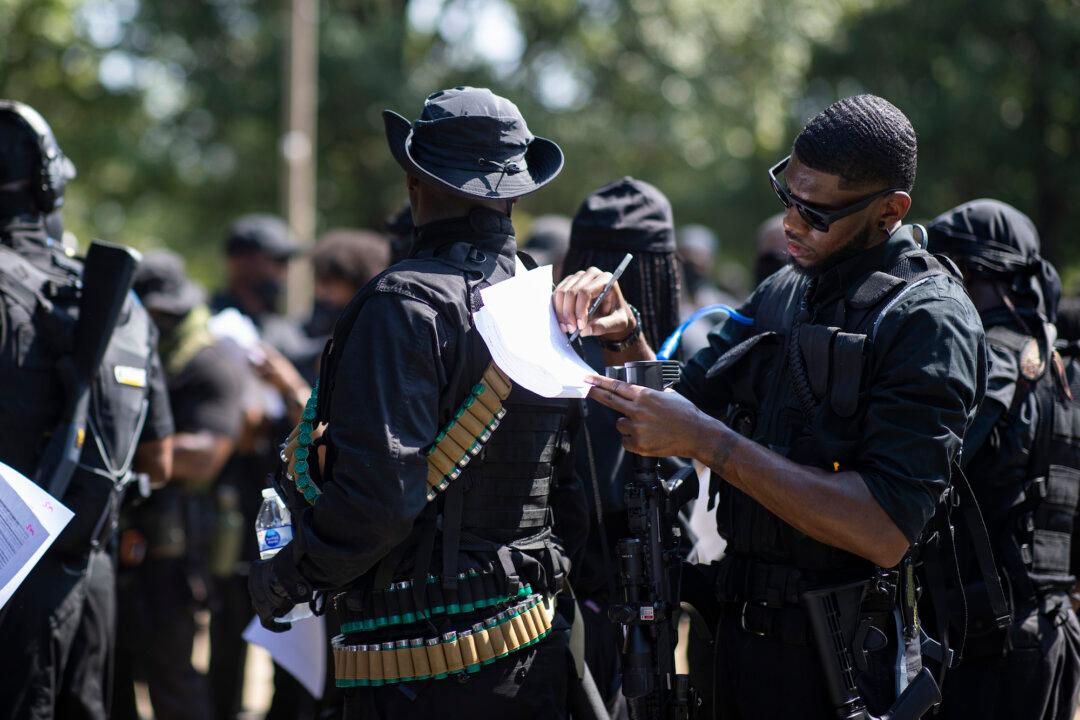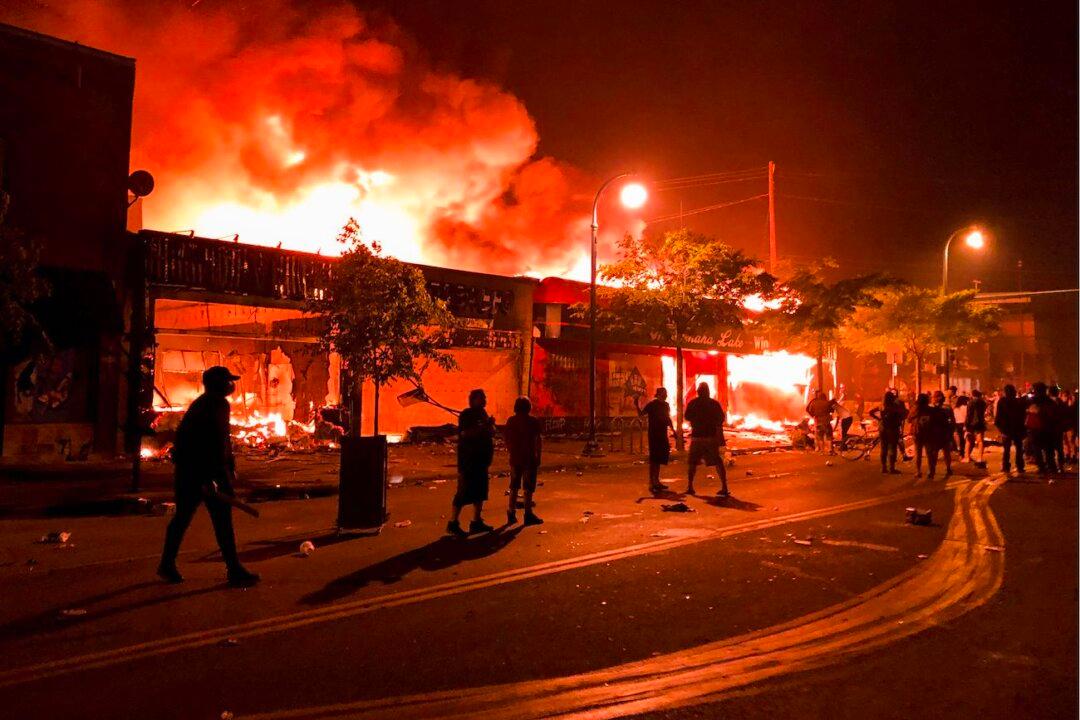Commentary
As painful as it is to say about the current state of our nation, the attack on memorials to the work and lives of Thomas Jefferson, George Washington, Teddy Roosevelt, and Christopher Columbus was inevitable. Radical thought encourages radical action, which encourages ever more radical demands and actions.





